A Comprehensive Guide to Varicose Vein Treatment
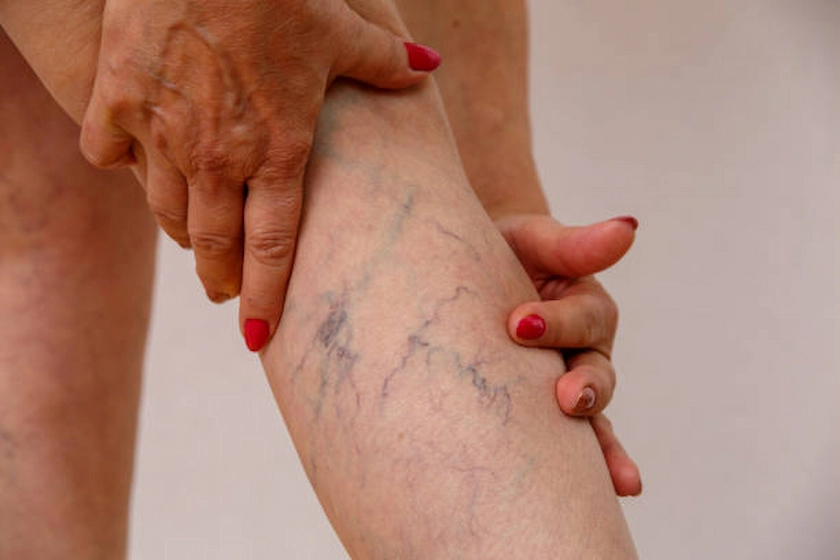
Varicose veins develop when the valves inside them don’t work properly, causing blood to pool instead of flowing smoothly back to the heart. Luckily, there are many effective, minimally invasive treatments available today, such as Endovenous Radiofrequency Ablation (RFA) and Clarivein Mechanochemical Ablation (MOCA).
Negative Pressure Wound Therapy- Fast-Tracking Your Wound Healing
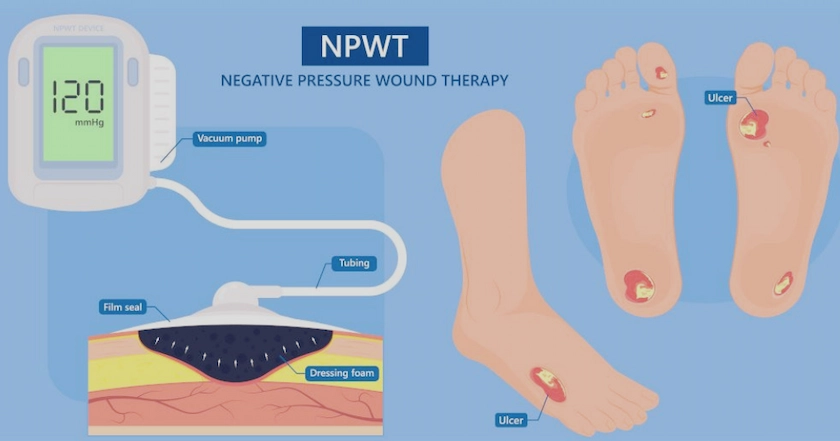
Speed up wound healing with Negative Pressure Wound Therapy (NPWT) to reduce infection risk. Dr. Darryl Lim’s clinic in Singapore offers expert care and personalized advice for advanced wound management, ensuring effective treatment and recovery.
Understanding and Managing Diabetic Foot Complications

Diabetes is a growing concern worldwide, and Singapore is no exception. With diabetic foot complications being among the most serious and disabling, proper management is crucial. If not handled correctly, these complications can lead to severe outcomes such as ulcers, infections, and even amputations. This guide will help you understand the causes, management, and prevention of diabetic foot complications, providing valuable insights for those at risk.
Say Farewell to Spider Veins: Comparing Injecting Sclerotherapy and Vein Gogh Thermolysis
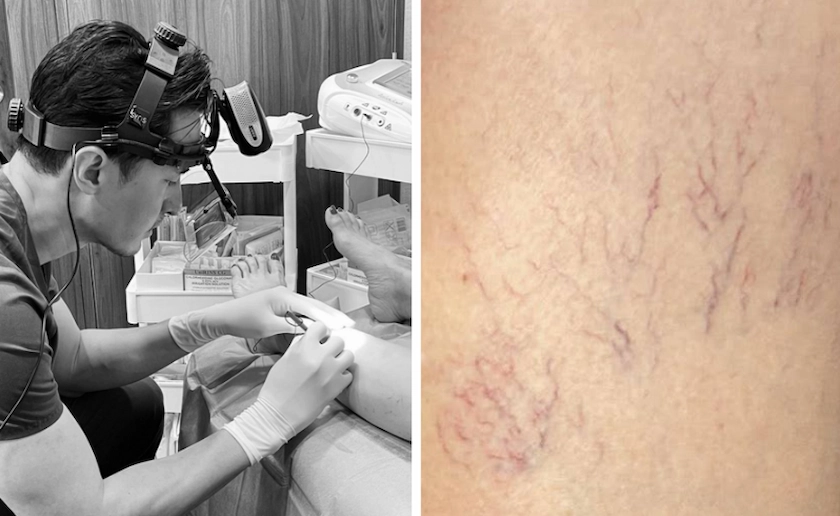
Spider veins, small dilated blood vessels near the skin’s surface, can be treated with injection sclerotherapy, which collapses veins using a sclerosing solution, or with Vein Gogh Ohmic Thermolysis, a method using high-frequency energy for faster improvement in smaller veins. Consulting a vascular specialist is key to choosing the best treatment based on vein size, location, and individual preferences.
Radiofrequency Ablation (RFA): A Comprehensive Guide to RFA for Varicose Veins and Chronic Venous Insufficiency
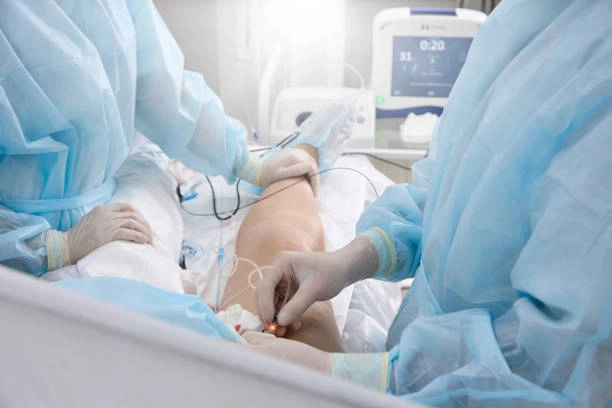
Explore the comprehensive guide to Radiofrequency Ablation (RFA) for varicose veins and chronic venous insufficiency (venous reflux disease). Understand the procedure, benefits, and risks associated with RFA treatment offered at Dr. Darryl Lim’s clinic.
Effective Treatments for Spider Veins: What You Need to Know
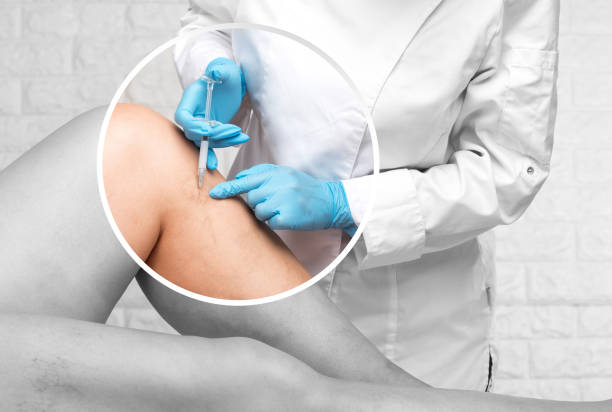
Learn about various treatments for spider veins, from non-invasive options like compression stockings to minimally invasive procedures such as sclerotherapy and Vein Gogh Ohmic Thermolysis. Find relief and restore confidence in your skin.
How Much Does Varicose Vein Treatment Cost in Singapore? (2024)
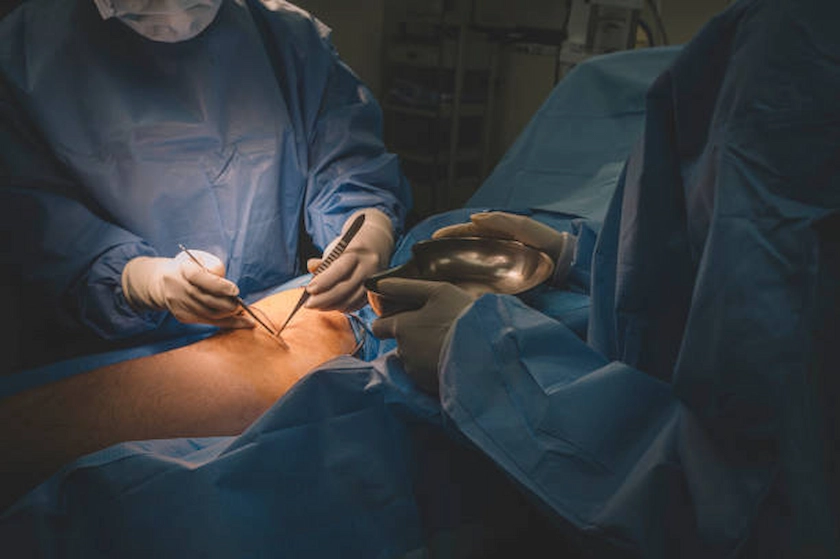
Discover the factors affecting varicose vein treatment costs in Singapore, from severity to insurance coverage. Dr. Darryl Lim offers a range of procedures, including Radiofrequency Ablation and Sclerotherapy. Book a consultation today for expert advice on personalized treatment plans.
Minimally Invasive Techniques in Vascular Surgery
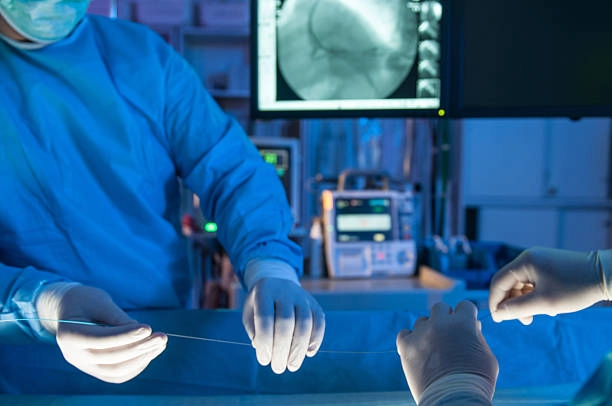
Minimally invasive techniques in vascular surgery offer safer, quicker recovery options compared to traditional methods. Discover the benefits of procedures like angioplasty, stenting, and EVAR for improved vascular health and patient outcomes.
Recognizing and Treating Deep Vein Thrombosis (DVT): Key Symptoms, Causes, and Treatment Options
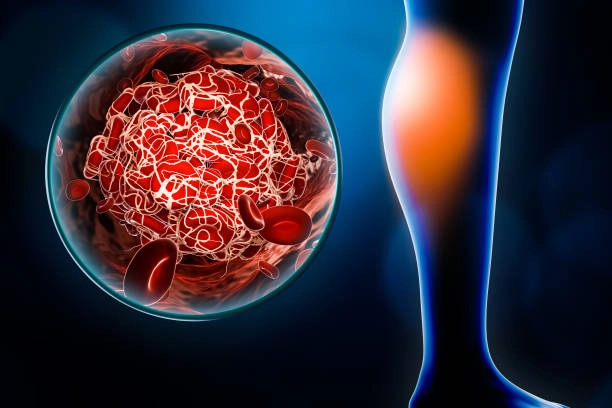
Understanding and managing Deep Vein Thrombosis (DVT) is essential for preventing severe complications like pulmonary embolism. This guide covers DVT symptoms, causes, and various treatment options to help you recognize and address this condition promptly.
The Importance of Early Detection in Peripheral Artery Disease (PAD)
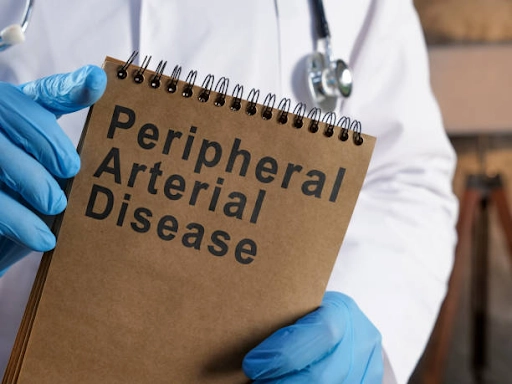
Early detection of peripheral artery disease (PAD) is crucial for preventing severe complications and improving treatment outcomes. Identifying PAD early enables prompt intervention, halting disease progression and reducing risks of heart attack, stroke, and limb amputation. Learn about its importance, common symptoms, screening techniques, and effective management.

